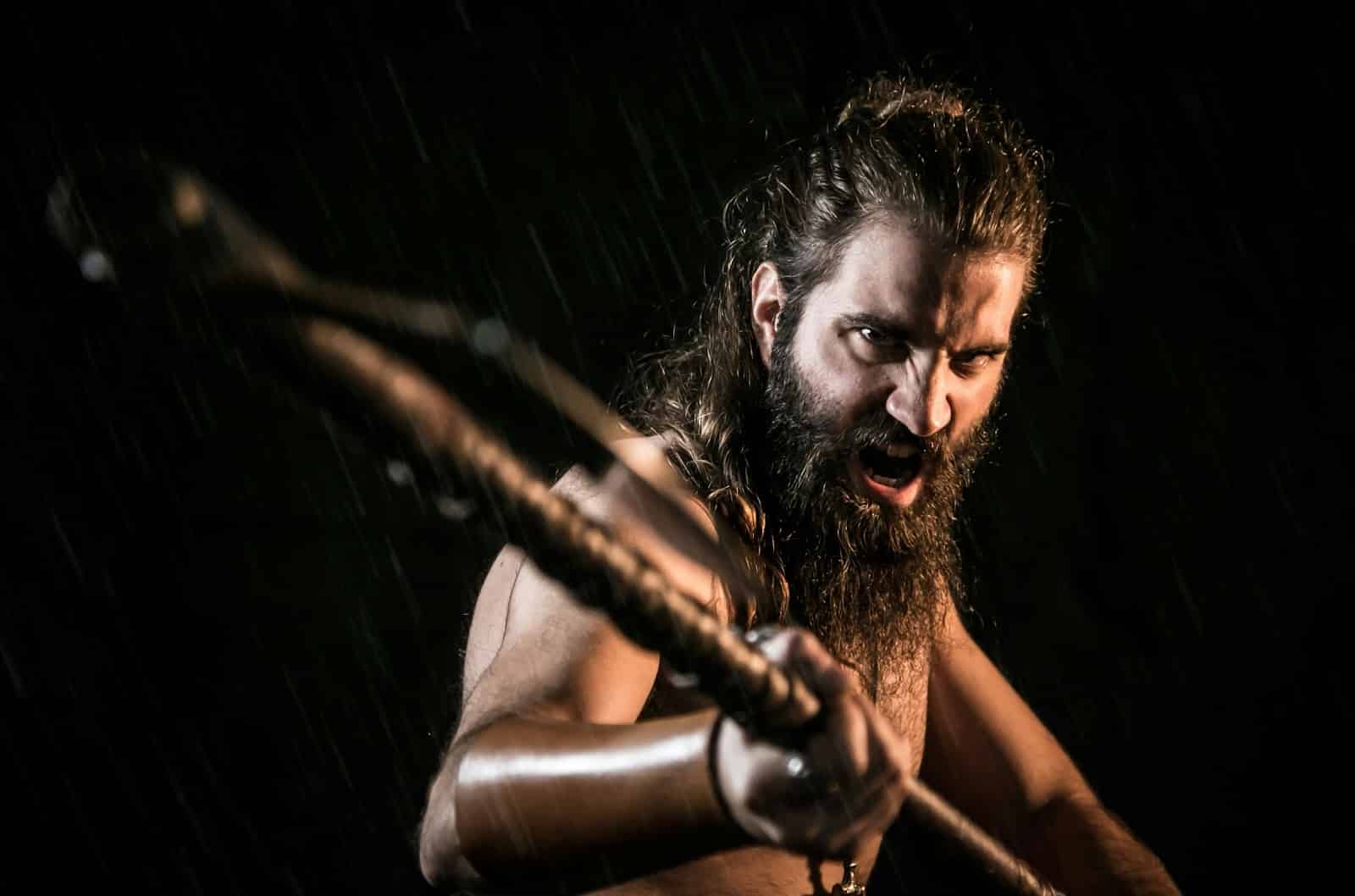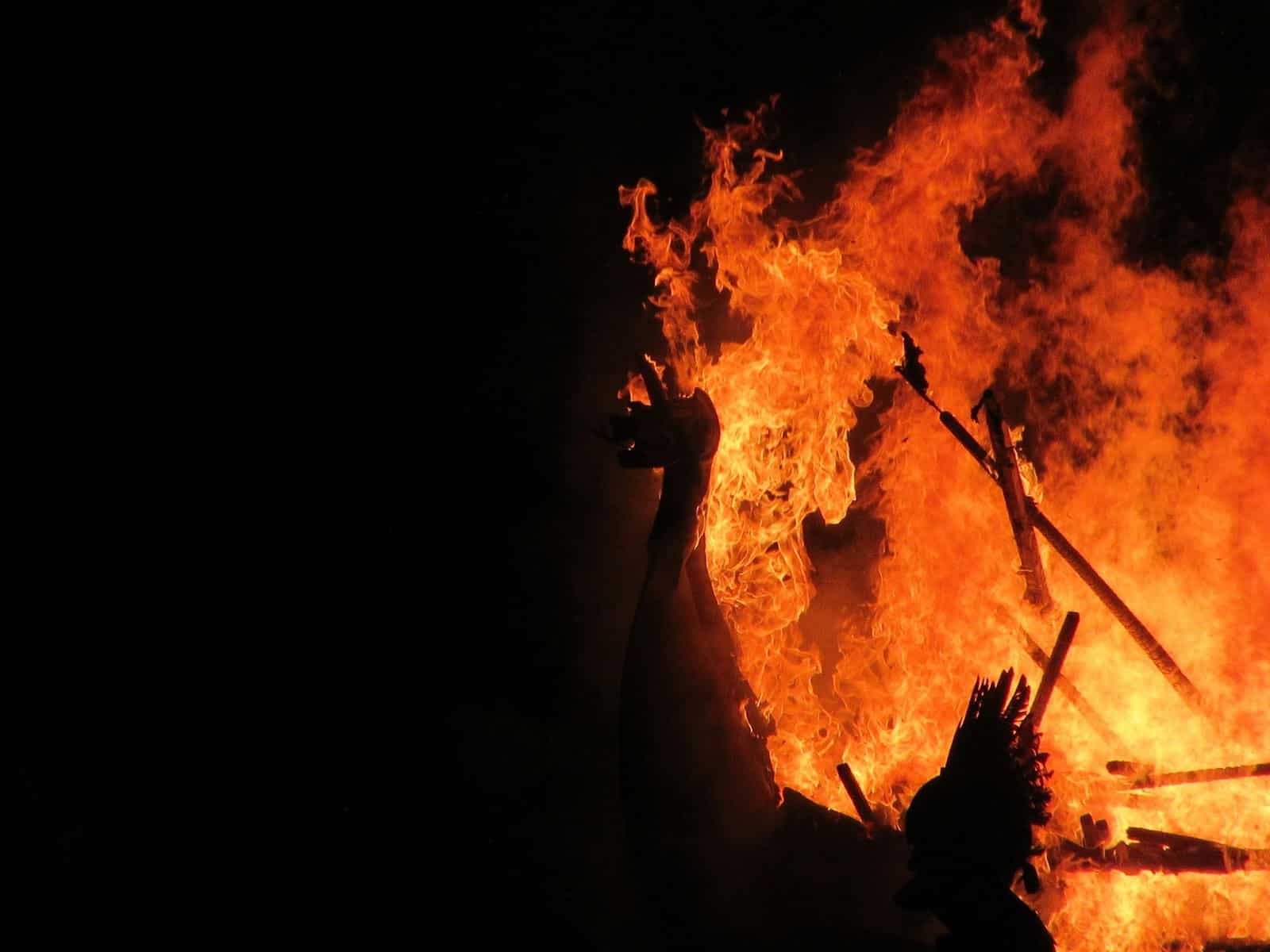Faith was central to life in the Viking Age. It shaped choices at home, on the battlefield, and during perilous sea voyages. The Norse gods were not distant figures but active forces believed to influence health, harvests, and victory. Ceremonies and offerings served to honor these deities and maintain harmony between humans and the divine.
Stories of Odin, Thor, and Freyja still capture attention today, but for the Vikings, rituals provided guidance and reassurance in unpredictable times. Even activities that required precision, such as trade or navigation, were approached with respect for divine oversight. Similarly, crypto betting on volleyball at Coinplay serves as a modern reminder of how people continue seeking control and assurance in uncertain outcomes.
Rituals and sacrifices were not only expressions of faith; they shaped social cohesion, reinforced community bonds, and marked transitions in the yearly cycle. Understanding these practices illuminates how the Vikings balanced survival with devotion.

The Spiritual Landscape of the Viking Age
The Vikings believed the world was alive with powerful forces. Gods, spirits, and supernatural beings influenced every aspect of life. Odin offered wisdom and guidance, Thor protected against chaos, and Freyja ensured fertility and prosperity. Fate, woven by the Norns, determined the course of events, yet offerings and rituals were seen as ways to gain favor or insight.
Daily Rituals and Household Faith
Daily devotion took many forms. Families raised small toasts to honor ancestors or deities, and farmers left offerings in fields to ensure abundant harvests. Before long journeys, travelers made small gifts to the gods of the sea for safe passage. These routines reinforced a constant awareness of the divine and maintained the household’s spiritual balance.
Sacrifices and the Blót Tradition
At the heart of Viking religious practice was the blót, a ritual sacrifice meant to honor gods and secure favor. Offerings ranged from food, ale, and crafted goods to livestock such as horses or cattle. Historical sources suggest that human sacrifices occurred in rare and extreme circumstances, which emphasized the seriousness of devotion to powerful deities.
Communal Feasts After Sacrifice
Sacrifices often concluded with feasting, where participants shared the bounty and celebrated together. These gatherings strengthened social bonds and reaffirmed the community’s connection to the divine. Rituals were thus both spiritual and social, which reinforced trust and loyalty among members.
Sacred Places and Seasonal Celebration
The Vikings believed certain sites carried stronger connections to the divine. Sacred groves, natural springs, and large burial mounds served as centers of worship. Archaeological finds show that some temples were built for ritual gatherings, where the community would assemble to honor gods through offerings, songs, and storytelling.
Seasonal festivals also played an important role. These events structured the year and reflected the deep link between faith and survival. Some of the most significant ones included:
- Yule (Jól): A midwinter celebration tied to fertility and rebirth.
- Winter Nights (Vetrnætr): A festival marking the beginning of winter, dedicated to fertility and protection.
- Midsummer (Sumarblót): Associated with abundance and sunlight, it honored deities tied to prosperity.
These rituals mirrored the agricultural and seafaring calendar, which ensured the gods were remembered at key moments of the year. They also offered occasions for trade, social bonding, and the telling of epic tales.
Rituals, Fate, and the Afterlife
Viking rituals reflected a worldview shaped by fate. The Norns, weavers of destiny, were believed to control every life thread. Sacrifices and ceremonies were not seen as ways to alter fate completely but as acts to seek favor and guidance within it.

Faith also influenced how Vikings approached death. Burials often included grave goods such as weapons, jewelry, or even ships, which signified the belief in a continued journey beyond the mortal world. For warriors, dying in battle was considered the most honorable path, as it opened the gates to Valhalla, where the fallen joined Odin’s chosen.
This acceptance of fate, reinforced by ritual practice, gave Vikings both courage and resilience. It shaped a culture that embraced risk, whether in raiding, trading, or exploring distant lands.
Legacy of Viking Rituals
Archaeology, sagas, and myths continue to reveal the depth of Viking devotion. Rituals and sacrifices were central to their culture, not only for spiritual purposes but also to maintain social cohesion and community identity. The patterns of faith, commemoration, and celebration ensured that the Vikings remained resilient in the face of uncertainty and danger.Today, the fascination with Norse rituals highlights the enduring human need for structure, shared belief, and a connection to something greater than the individual. The practices of the past still inspire storytelling, cultural exploration, and an appreciation for the ways faith shaped one of the most iconic societies in history.
